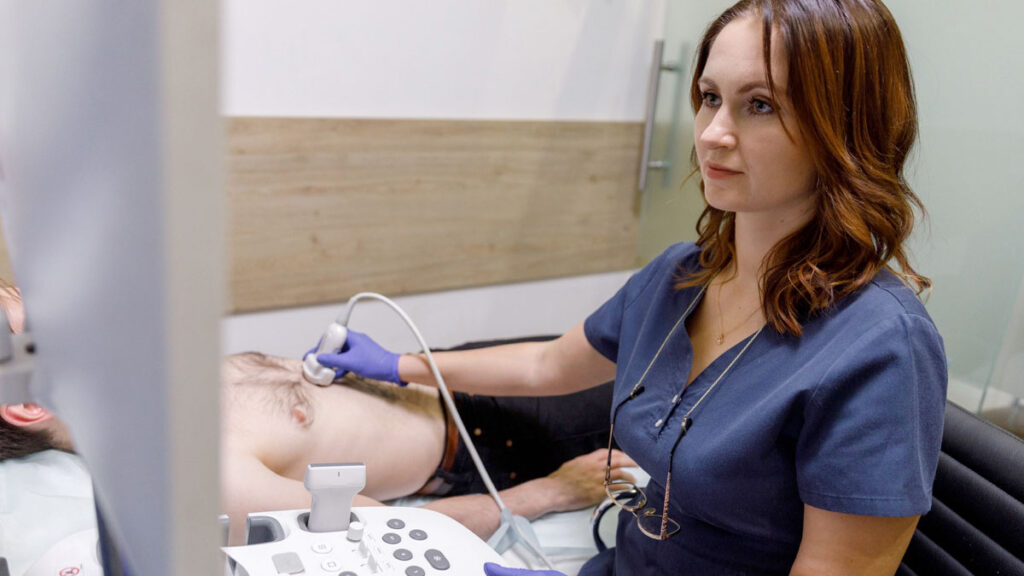A Registered Vascular Technologist (RVT) is a professional who specializes in the use of ultrasound to diagnose and treat vascular conditions. They perform non-invasive tests, called vascular ultrasound, to look at the blood vessels to evaluate and diagnose disorders such as peripheral arterial disease, carotid artery disease, cerebral vascular disease, and peripheral venous disease. Most commonly they use an ultrasound machine to detect blockages and other abnormalities that could cause serious health problems if not treated promptly.

How to become an RVT
To become an RVT, one must first complete an accredited vascular technology program. After completing the program, one must then pass a national certification exam administered by the American Registry for Diagnostic Medical Sonography (ARDMS). Once certified, an RVT can work in a variety of settings, including hospitals, clinics, and private practices. An RVT may also specialize as a vein specialist or work as part of a team that includes physicians, nurses, sonographers, physician assistants, or radiologists. They are responsible for assessing veins using imaging equipment such as ultrasonography or angiography.
Types of tests performed by RVTs
Some of the tests that RVTs perform include a carotid artery duplex scan, venous insufficiency studies, peripheral arterial doppler (PAD), and venous thrombosis studies.
RVTs are trained to identify abnormalities in the vascular system and to provide information to physicians so that they can make treatment decisions.
RVTs play a significant role in the diagnosis and treatment of vascular conditions. They assess what types of imaging are needed by analyzing findings from other test results and consult with physicians on how best to proceed with care. They might have experience in dealing with high-risk cases such as deep vein thrombosis (DVT) and pulmonary embolism (PE). RVTs must stay up to date on innovative technologies, medical literature, and the latest advances in the field. In addition to performing ultrasounds, RVTs monitor patients undergoing angioplasty or stenting for narrowing of the blood vessel. The procedure itself is done under anesthesia and RVT involvement varies depending on their level of expertise and training; some will assist with guiding catheters through narrowed areas while others will be responsible for maintaining proper pressure inside the patient’s heart during stent placement.
Types of Work Environments
A registered vascular technologist (RVT) is a medical professional who specializes in the use of diagnostic ultrasound to image the vascular system. RVTs work in a variety of settings, including hospitals, outpatient clinics, and physician offices. They may also be employed by research facilities or companies that manufacture ultrasound equipment. Some RVTs work as independent contractors, providing their services to different employers on an as-needed basis. For example, an RVT might travel from place to place on a specific day of the week providing services such as performing vascular ultrasounds on patients with varicose veins. Others have office space and provide care for patients seen only at that location. Some are self-employed, while others are contract employees working under the supervision of a physician or other healthcare provider.
Being an RVT is a wonderful way to help people while working with innovative technology. You will need to be detail-oriented and have excellent customer service skills. Good luck! I hope this blog post has helped you decide whether becoming an RVT is the right path for you.
